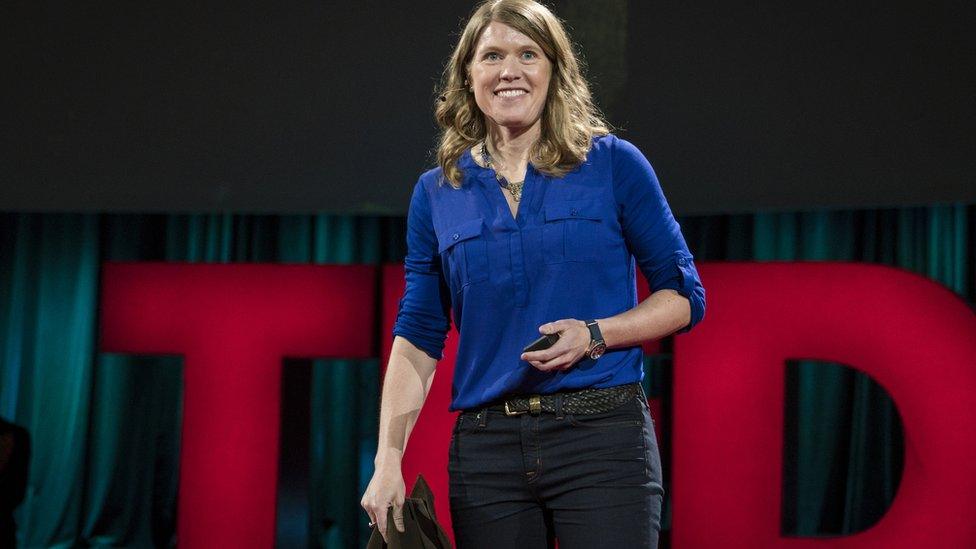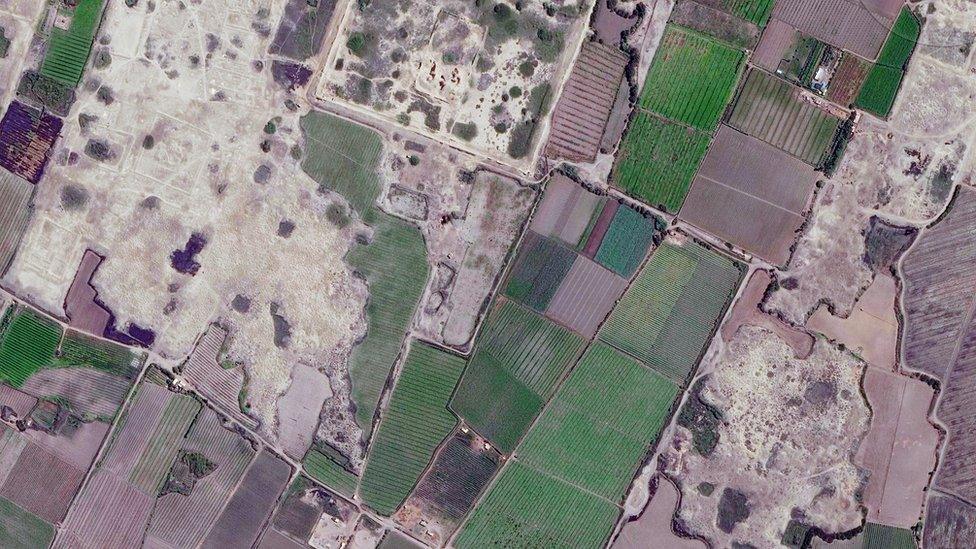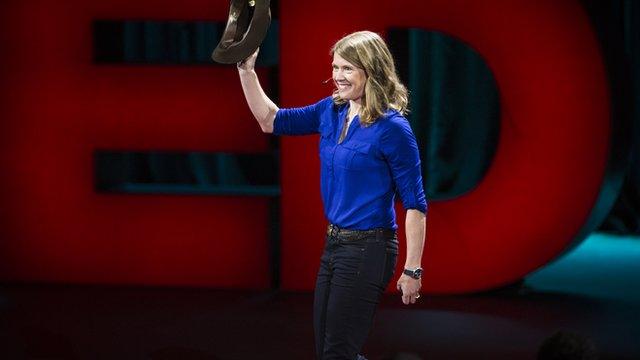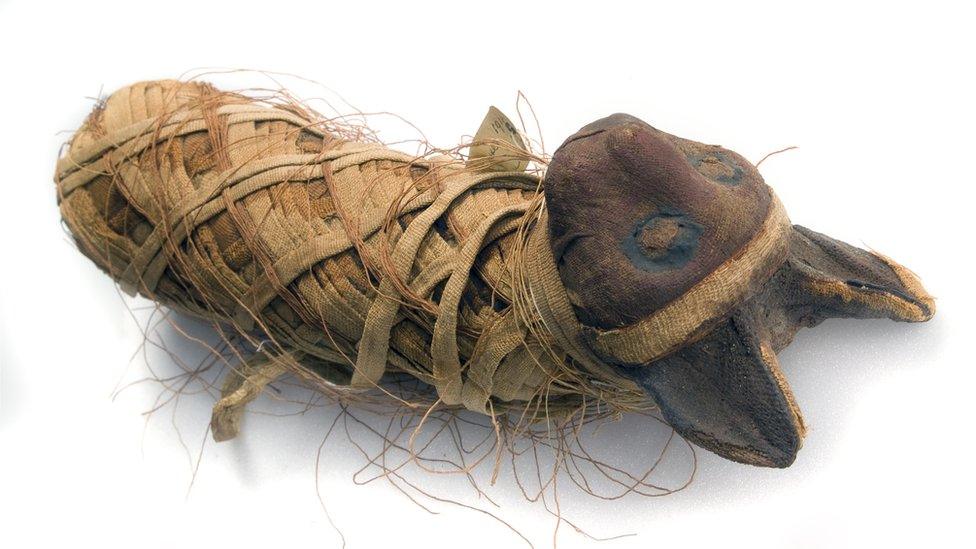Website crowdsources archaeological digs
- Published

Sarah Parcak is a self-styled space archaeologist
A website that will let members of the public search for potential archaeological sites has been launched.
It is the brainchild of space archaeologist Dr Sarah Parcak who set it up using prize money from the Ted conference.
Describing it as "Indiana Jones meets Google Earth", she said the site would also allow the public to help prevent looting.
GlobalXplorer will initially be limited to sites in Peru.

Visitors to the site will be able to assess satellite imagery of Peru
Dr Parcak uses satellite imagery collected above the Earth, analysing it with algorithms to identify subtle changes that could signal a hidden human-made structure.
Using the technique, which is used by a growing number of researchers, she has discovered 17 potential pyramids, 3,000 settlements and 1,000 lost tombs in Egypt.
21st Century explorers
She hopes the technique can now be passed on to citizen scientists.
"The world's hidden heritage contains clues to humankind's collective resilience and creativity," Dr Parcak explained. "It's up to all of us to protect this heritage, and with GlobalXplorer, we are empowering a 21st Century army of global explorers to discover and protect our shared history."
Users of the site will be given a tutorial showing them what different patterns on images mean. When six people flag an area of potential interest, it will be handed over to Dr Parcak's team to assess whether it is an area worthy of exploration.
The website will also allow citizen archaeologists to spot potential looting of existing sites, which is becoming a huge problem in sites around the world.
And to make sure looters do not use the site to locate potential targets, the high-resolution satellite images are broken into tens of million of small tiles which are displayed to users in a random order without the ability to navigate or pan out. The tiles do not contain any location reference or co-ordinate information.
Users are rewarded for their time with content about Peru, behind-the-scenes looks at archaeological sites and the opportunity to join archaeologists on digs.
DigitalGlobe, a satellite imagery company, is providing more than 200,000 sq km of satellite imagery of Peru for users to peruse.
There are plans to launch the site in other countries later this year.
The Ted (Technology, Entertainment and Design) prize is given out annually to what the organisers deem to be a "world-changing project". Winners receive $1m (£800,000) to turn a wish into reality.
Previous winners include Prof Sugata Mitra, who used the money to create remote-learning schools in India and chef Jamie Oliver who used the prize to educate children about healthy eating.
- Published17 February 2016

- Published30 December 2016
